(Many of the links in this article redirect to a specific reviewed product. Your purchase of these products through affiliate links helps to generate commission for HomePressureCooking.com, at no extra cost. Learn more)
Growing up, hong shao rou always filled our home with mouthwatering aromas. This beloved Chinese stew holds a special place in my heart. Rich, savory pork belly slowly simmers in a fragrant blend of soy sauce, sugar, and spices, resulting in tender meat bathed in glossy, caramelized sauce. Every bite transports me back to childhood family dinners. Now, I'm excited to share my version of this comforting classic. Get ready for a culinary journey that'll warm your soul and tantalize your taste buds!
Ingredients for a Delicious Pork Belly Stew
- Pork belly: Fatty cut that renders rich flavor and tenderness when slow-cooked, essential for the succulent texture of the dish.
- Light soy sauce: Adds a savory umami depth without darkening the dish's color, balancing the flavors in the stew.
- Dark soy sauce: Provides a deep color and intense flavor, enhancing the overall appearance and taste of the stew.
- Sugar: Balances the savory flavors with a touch of sweetness, creating a harmonious taste profile in the stew.
- Star anise: Infuses a subtle licorice flavor and aroma, elevating the dish with its unique and fragrant essence.
- Cinnamon stick: Adds warmth and a hint of sweetness, complementing the savory elements and enhancing the overall flavor profile.
- Green onions: Imparts a fresh, mild onion flavor and a pop of color, enhancing the visual appeal and taste of the stew.
- Ginger: Adds a warm, spicy kick and aromatic depth, infusing the stew with a zesty and flavorful essence.
- Water: Provides the liquid base for the stew, allowing the flavors to meld and intensify while tenderizing the pork belly.
Read more: Chicken And Beef Stew Recipe
Essential Kitchen Tools for Making This Savory Stew
- Large pot: Essential for simmering the pork belly and other ingredients together to develop rich flavors.
- Cutting board: Needed for preparing and cutting the pork belly, ginger, and green onions before cooking.
- Knife: Used for cutting the pork belly into pieces and slicing the ginger and green onions for the stew.
- Measuring spoons: Necessary for accurately measuring and adding the soy sauces and sugar to achieve the right balance of flavors.
Hong Shao Rou Stew
Equipment
- Large pot
- Knife
- Cutting board
Ingredients:
Main Ingredients
- 500 g Pork Belly cut into 2-inch pieces
- 2 tbsp Soy Sauce light
- 2 tbsp Soy Sauce dark
- 1 tbsp Sugar
- 3 pieces Star Anise
- 1 piece Cinnamon Stick
- 2 pieces Green Onions cut into 2-inch pieces
- 4 slices Ginger
- 2 cups Water
Read more: Beef And Sausage Stew Recipe
Instructions:
- 1. Blanch the pork belly pieces in boiling water for 5 minutes. Drain and set aside.
- 2. In a large pot, caramelize the sugar over medium heat until it turns a deep amber color.
- 3. Add the pork belly pieces to the pot and stir to coat them in the caramelized sugar.
- 4. Add light soy sauce, dark soy sauce, star anise, cinnamon stick, green onions, and ginger to the pot. Stir well.
- 5. Pour in the water and bring to a boil. Reduce the heat to low and simmer for 1.5 hours, or until the pork is tender and the sauce has thickened.
- 6. Serve hot with steamed rice.
Notes:
Nutrition value:
Keywords:
Read more: Wilderness Stew Recipe
Tips for Making Hong Shao Rou Stew Ahead of Time
Make Ahead Instructions
- Cook the hong shao rou stew as directed and let it cool to room temperature.
- Transfer the stew to an airtight container and refrigerate for up to 3 days.
- Reheat on the stovetop before serving.
Freezing Instructions
- Allow the stew to cool completely.
- Place the stew in a freezer-safe container or bag, leaving some room for expansion.
- Freeze for up to 3 months.
- Thaw in the refrigerator overnight before reheating on the stovetop.
In this stew, the use of both light and dark soy sauce creates a depth of flavor that intensifies as it simmers, giving the dish a rich and savory taste.

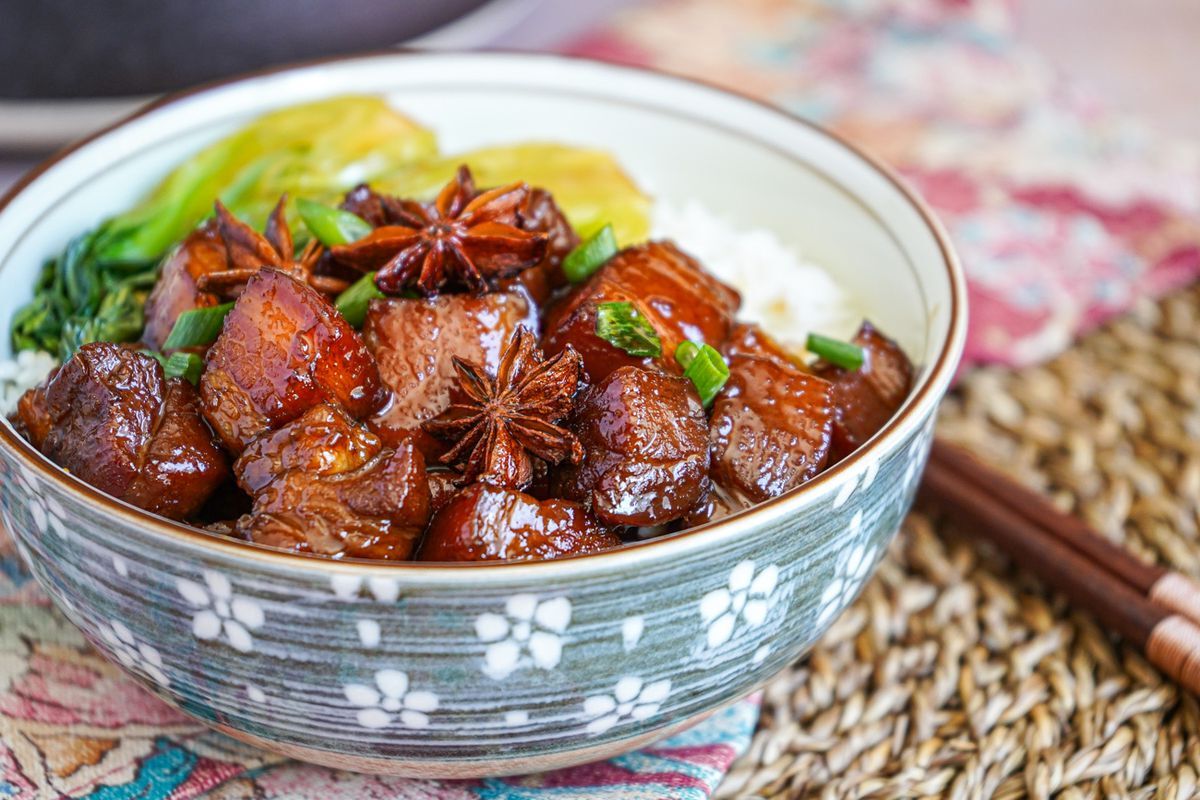
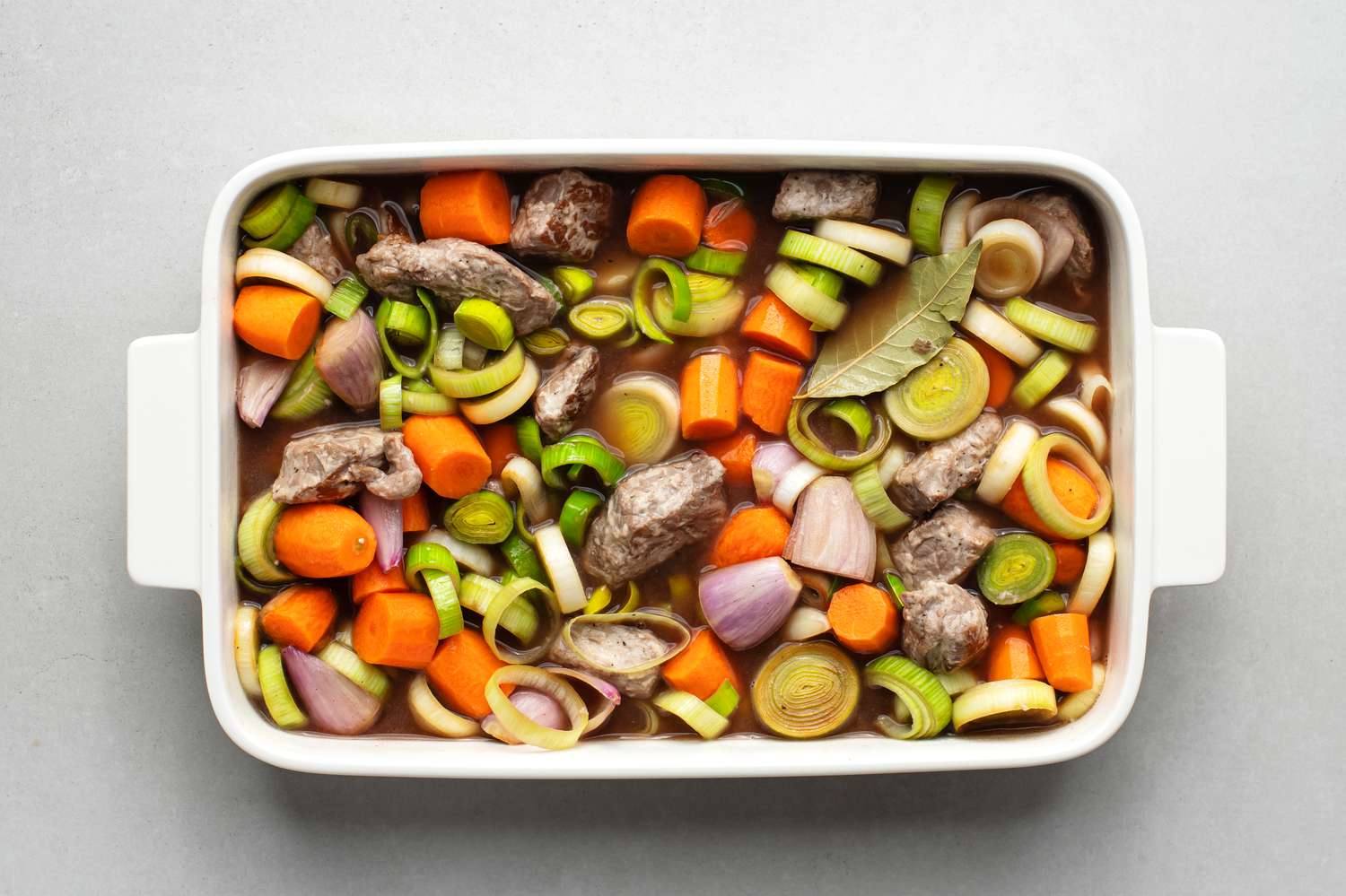
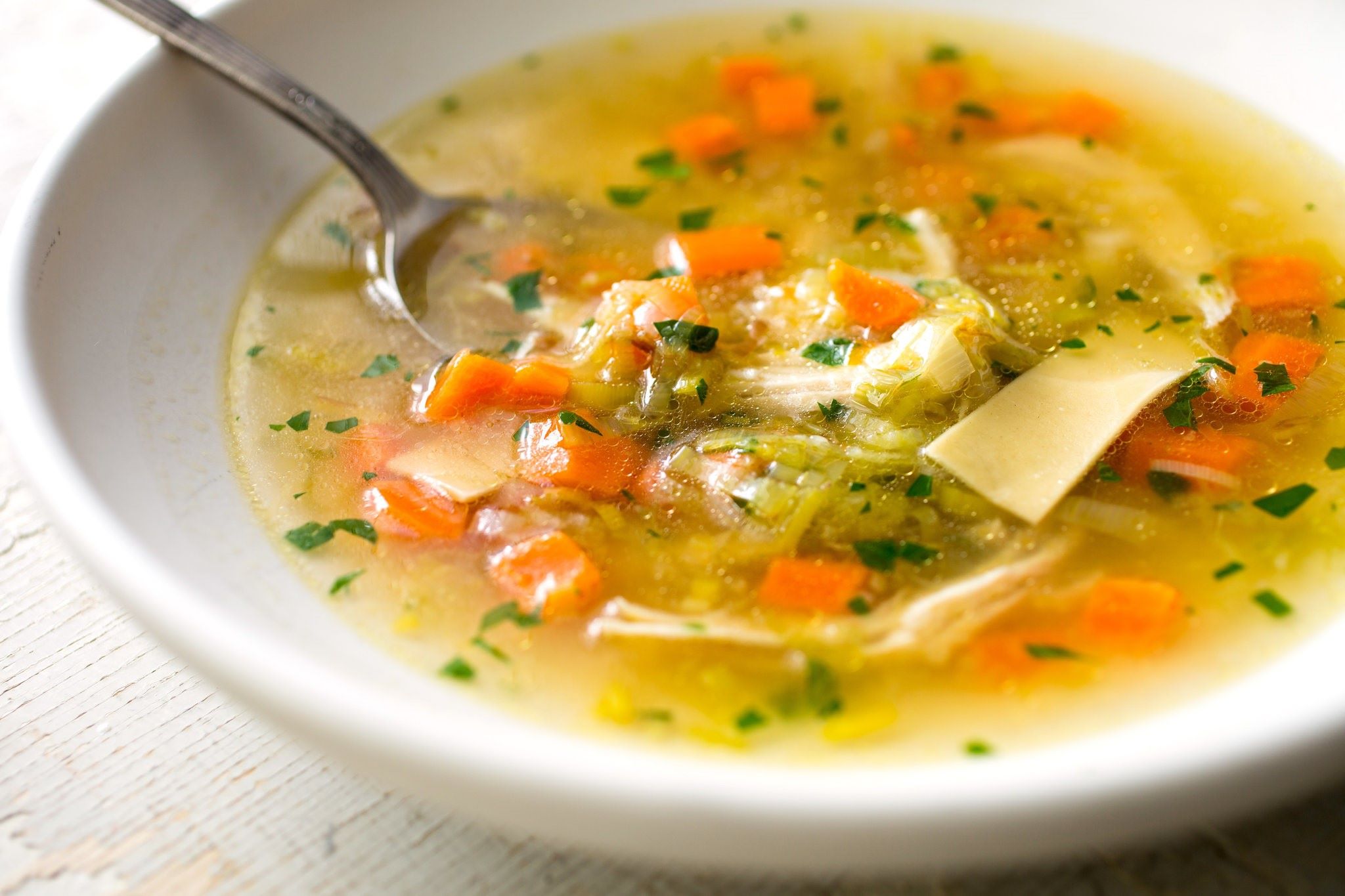
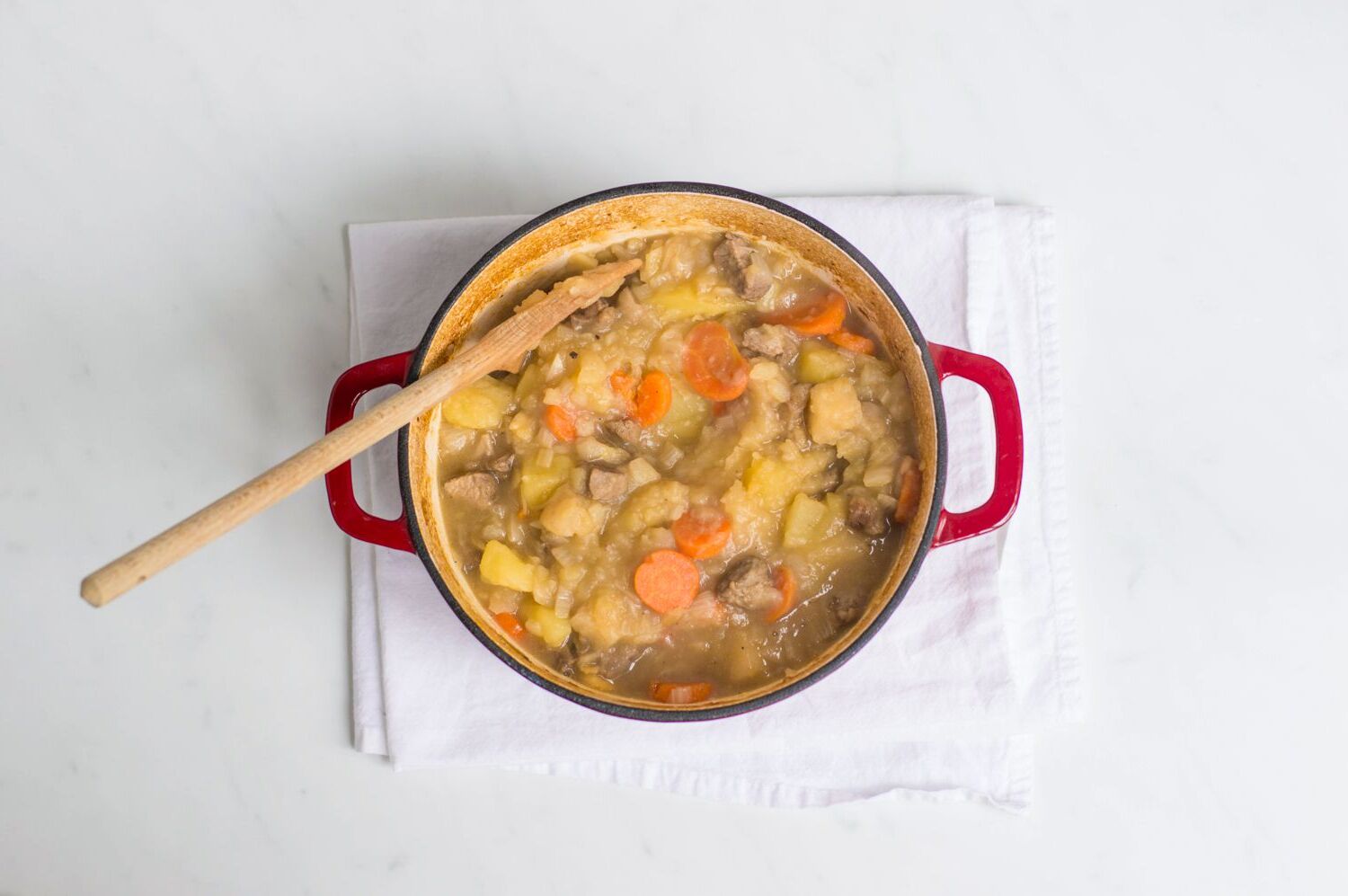
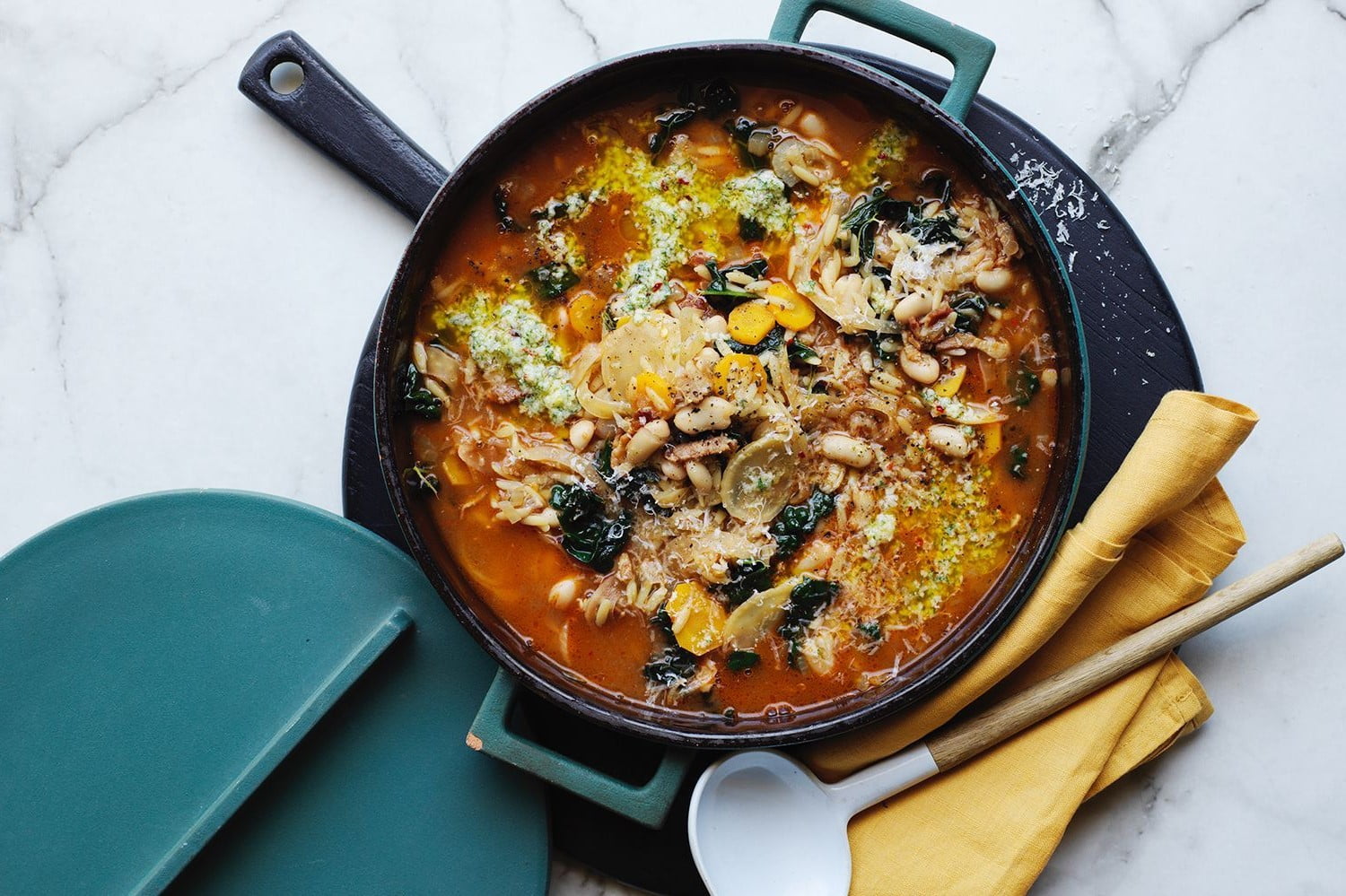
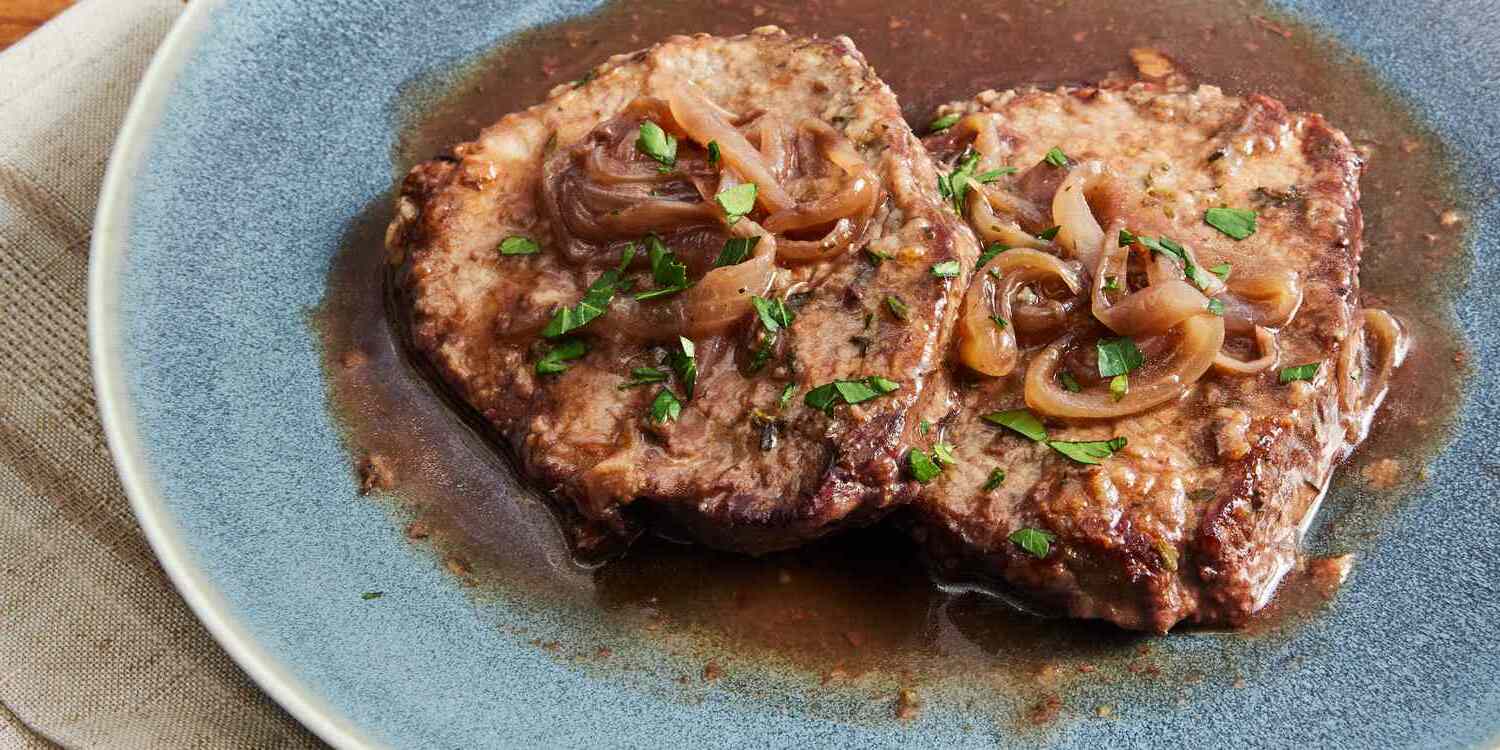
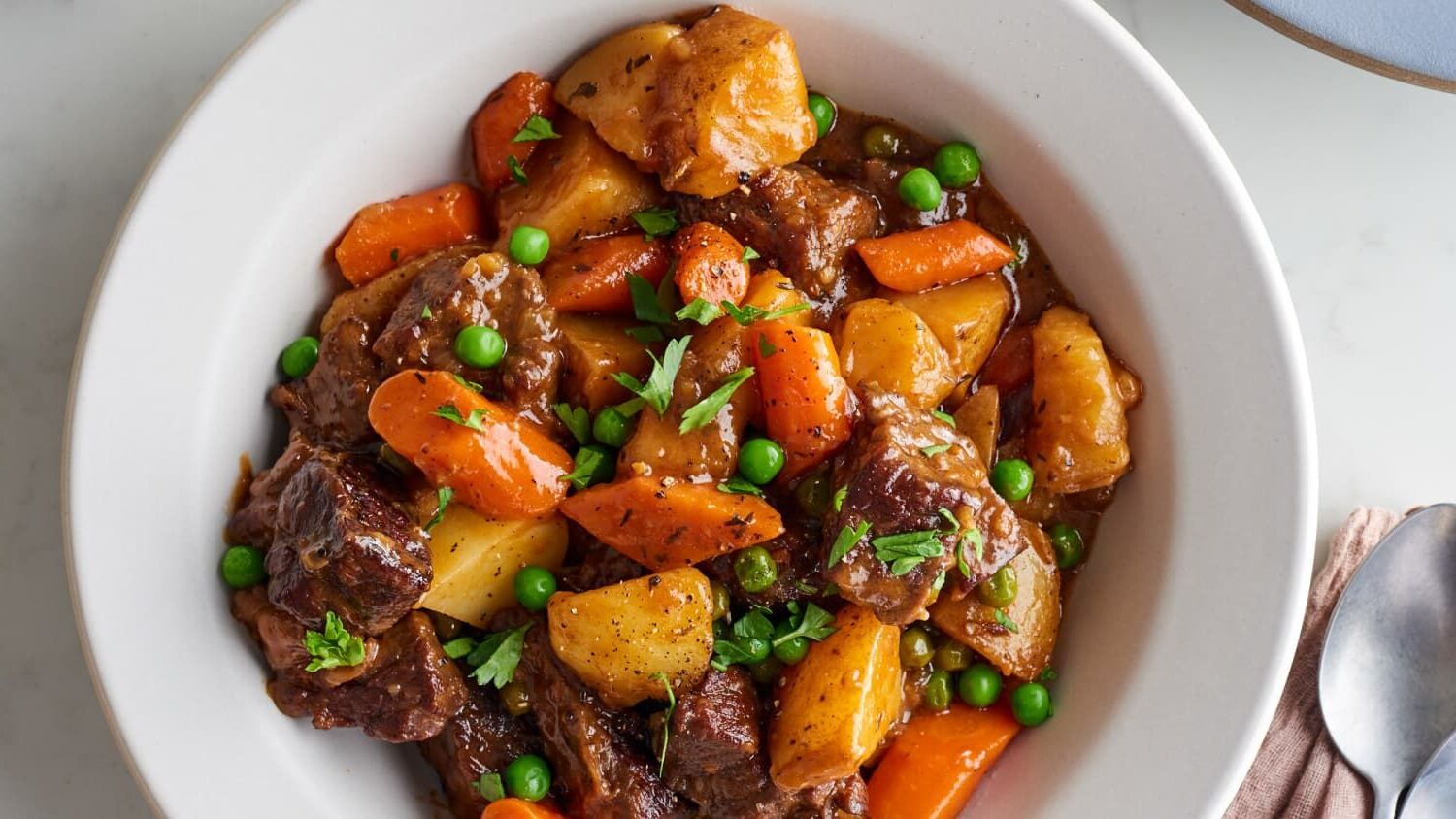

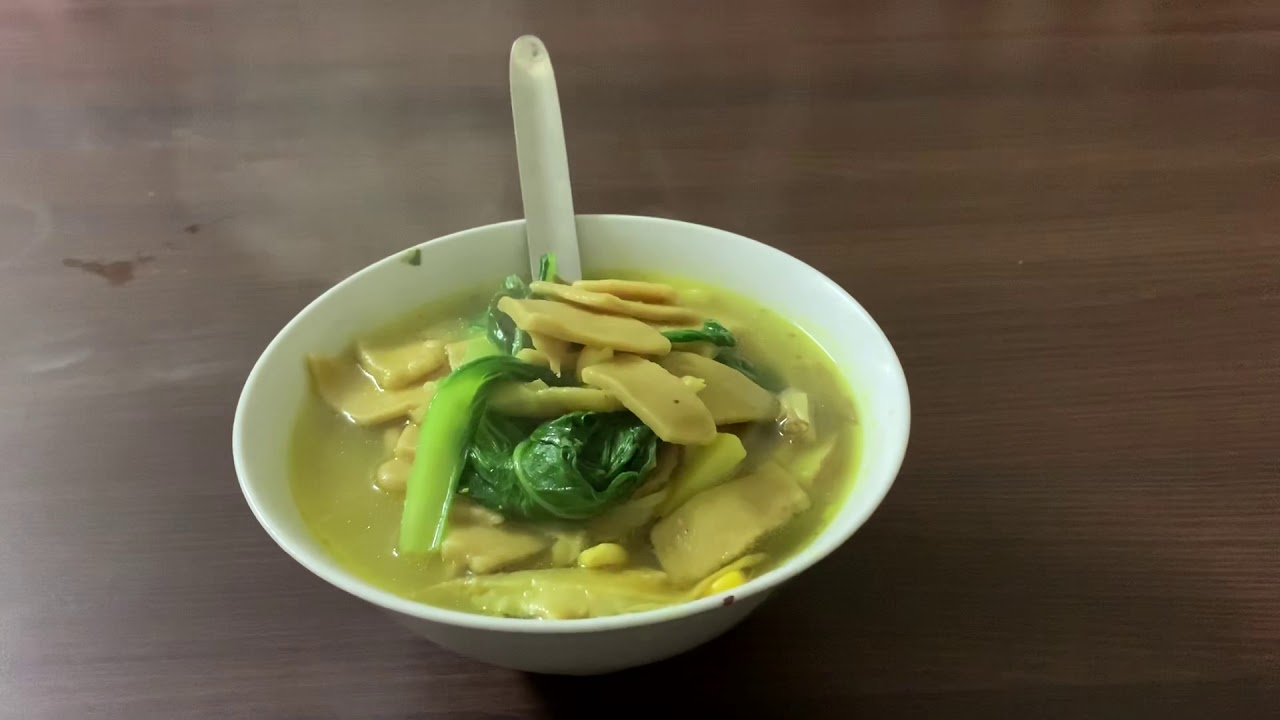
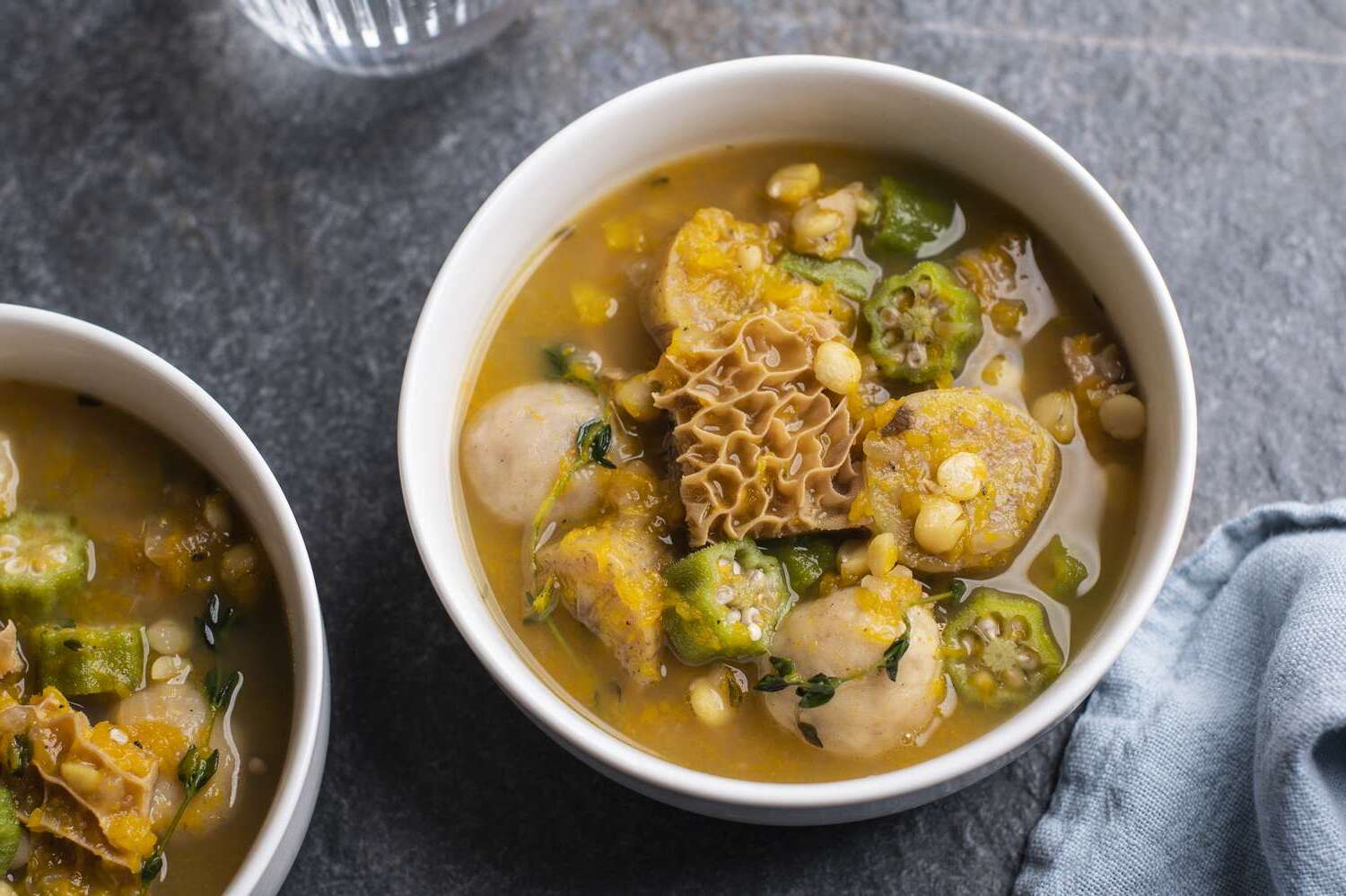
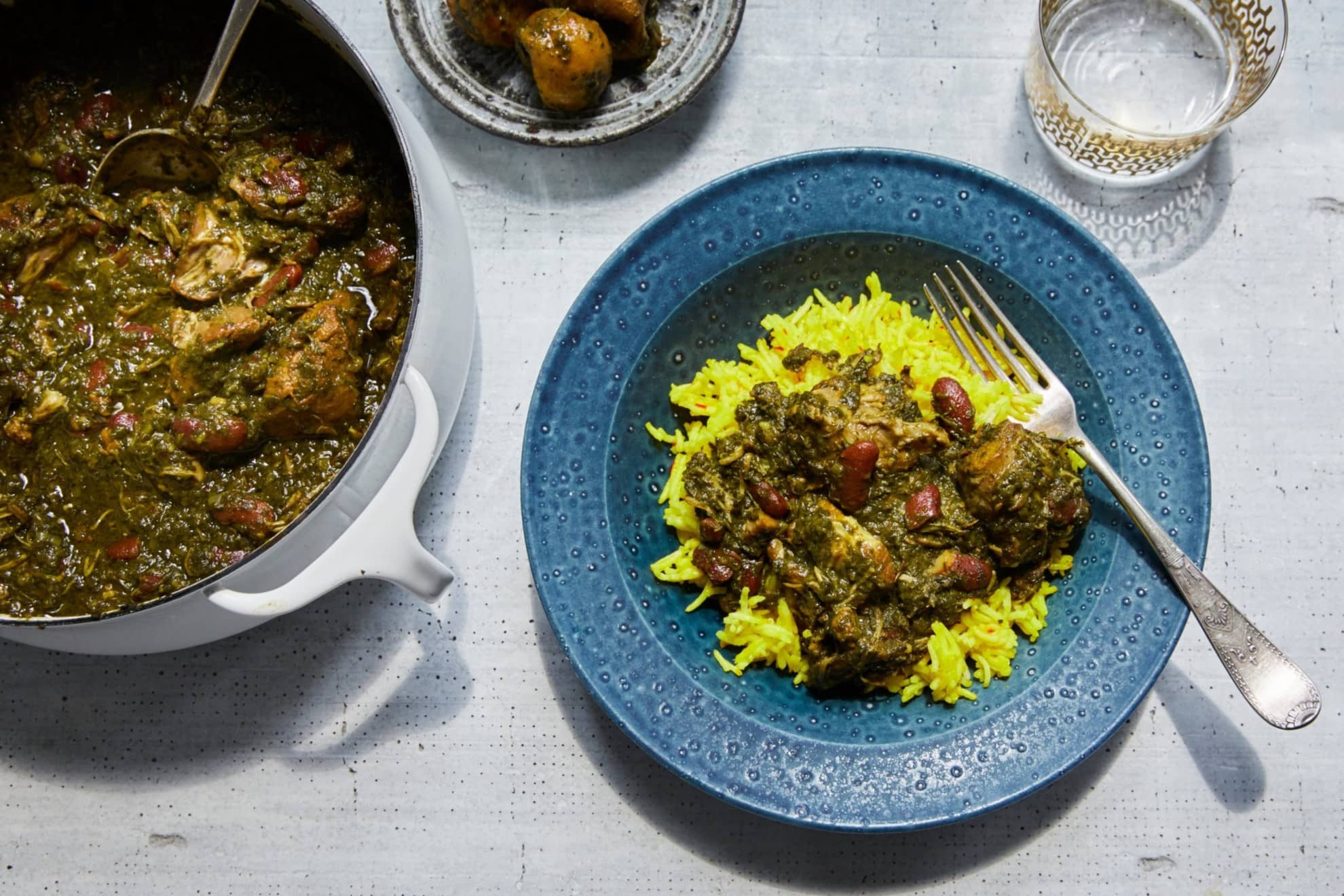
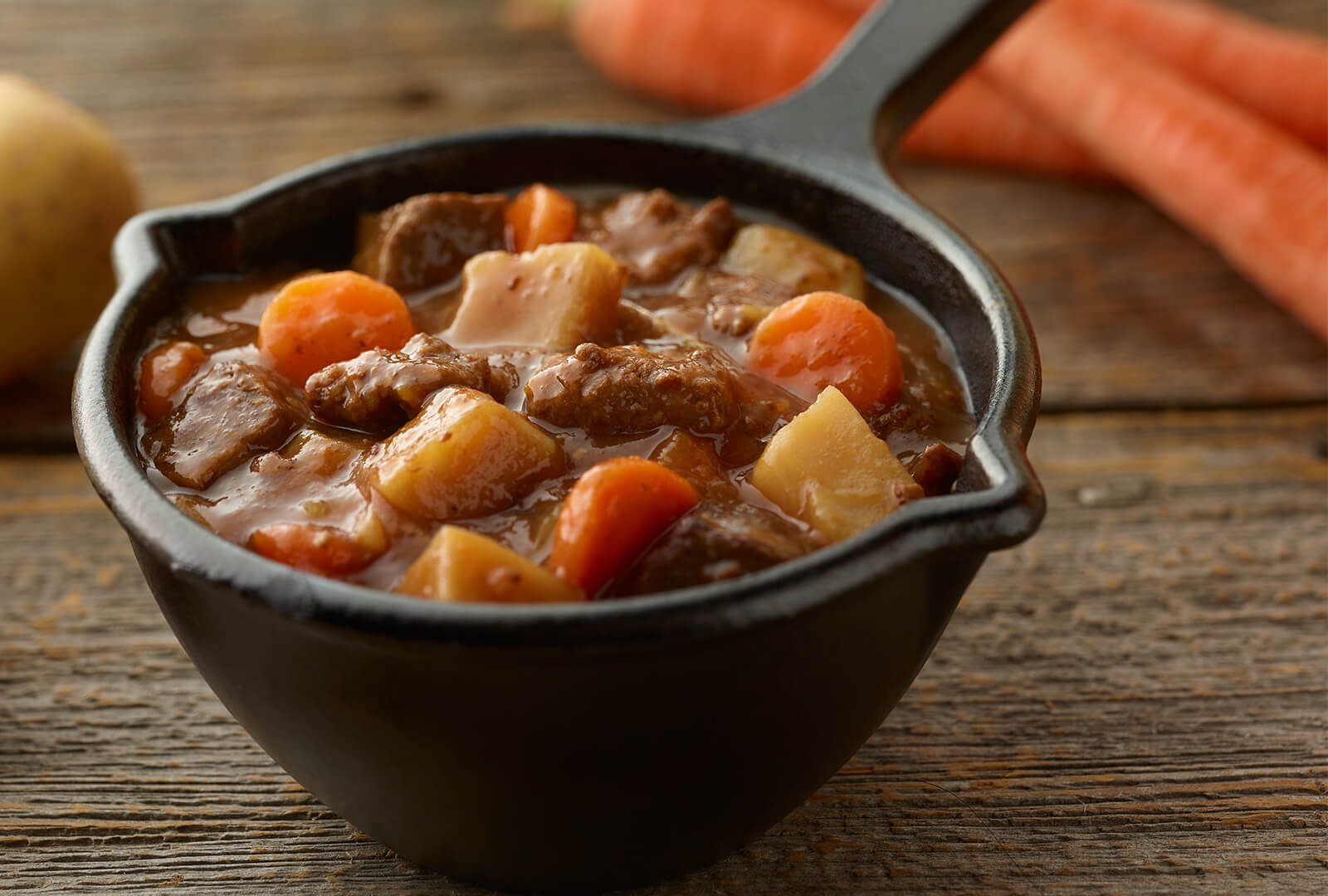
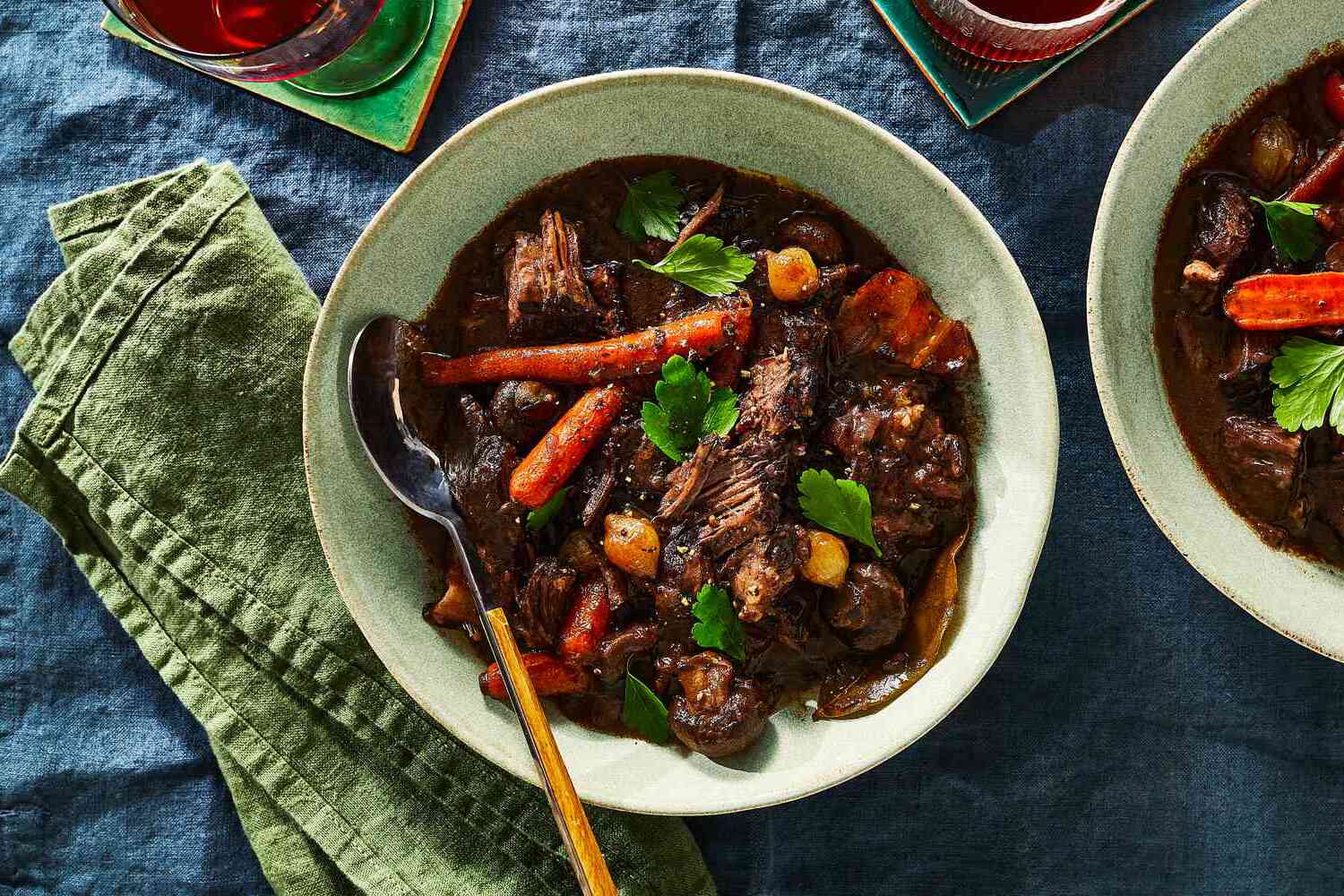


0 thoughts on “Hong Shao Rou Stew”